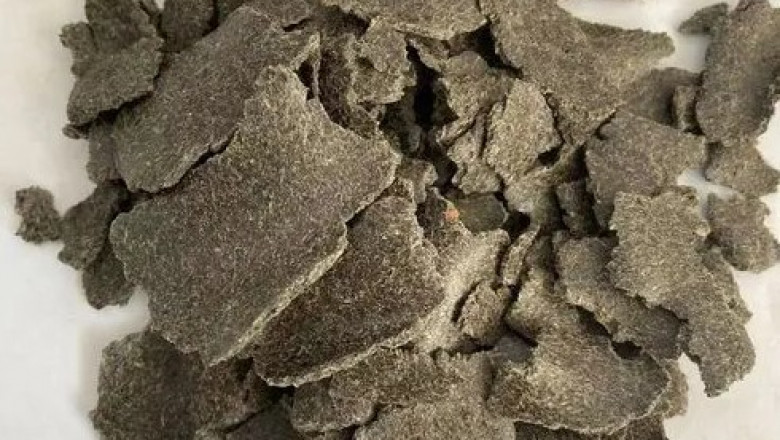views
The rapeseed meal market has been gaining significant traction globally due to its rising demand as a high-protein animal feed and its application in sustainable agriculture. Rapeseed meal is the by-product obtained after extracting oil from rapeseeds, and it is widely used in livestock and aquaculture industries. Its nutritional profile, rich in protein and fiber, makes it an excellent alternative to soybean meal, especially in regions where soybean cultivation is limited.
One of the primary factors driving the rapeseed meal market is the growing global population, which fuels the demand for animal protein. As more people consume meat, dairy, and fish products, the need for nutritious feed ingredients increases. Rapeseed meal provides a cost-effective and efficient protein source for poultry, swine, cattle, and fish feed formulations, thereby contributing to improved livestock productivity.
Environmental concerns and sustainability goals have also boosted the market. Rapeseed meal is considered an eco-friendly feed ingredient due to its origin from renewable sources and lower greenhouse gas emissions during cultivation compared to other protein crops. Many countries are promoting the use of rapeseed meal to reduce dependence on imported soybean meal, which often involves deforestation and long-distance transportation.
Technological advancements in oil extraction processes have improved the quality and availability of rapeseed meal. Modern mechanical pressing and solvent extraction methods ensure higher protein retention and lower residual oil content, making the meal more attractive to feed manufacturers. Moreover, researchers are working on improving the nutritional value of rapeseed meal by reducing anti-nutritional factors such as glucosinolates, which can affect animal health.
The Asia-Pacific region is emerging as a key market for rapeseed meal, driven by the expanding livestock industry in countries like China and India. These nations are focusing on domestic rapeseed cultivation to meet their growing feed demand, thereby reducing imports and supporting local agriculture. Europe remains a significant market due to its established rapeseed production and stringent regulations favoring sustainable feed ingredients.
However, the market does face challenges. Price volatility of rapeseed meal due to fluctuating rapeseed crop yields, weather conditions, and geopolitical factors can affect supply stability. Additionally, competition from alternative protein meals like soybean, sunflower, and cottonseed meal remains intense. To sustain growth, industry players are focusing on product innovation, strategic partnerships, and expanding their supply chains.
In the future, the rapeseed meal market is expected to witness steady growth driven by increasing adoption in aquafeed and pet food sectors. The trend toward organic and non-GMO feed ingredients also favors rapeseed meal. Furthermore, integrating rapeseed meal into circular economy models and bio-refinery concepts, where every part of the rapeseed plant is utilized, will enhance market sustainability and profitability.






















Comments
0 comment